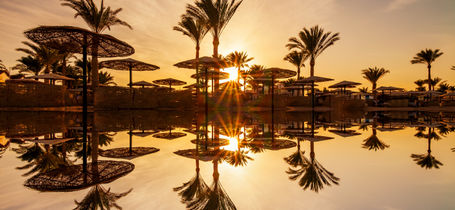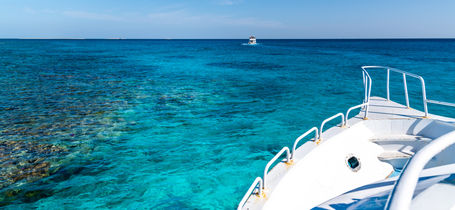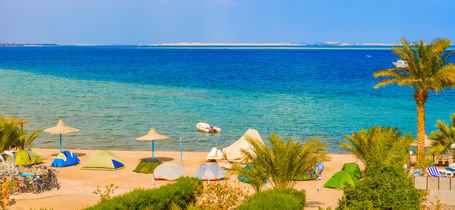Hamata Diving
For untouched Southern Egypt diving suitable for all experience levels, visit Hamata. This small destination packs a punch with thrilling drift dives, schooling pelagics and a coral pinnacle forest.
Diving in Hamata
Hamata is one of the most southern Red Sea diving destinations. It is quite a trip to get there as the closest airport is just over 200km away at Marsa Alam, but absolutely worth it. This is a remote part of Egypt but also an untouched part of Egypt. It used to be the mecca for liveaboard divers only, but now the resorts, dive resorts and dive centres have started becoming more developed and day trips on the boat to visit the dive sites are now also more popular. Despite it being remote there is a large variation of diving to do here which is open to divers of all levels. There are wrecks, caves, coral reefs, coral walls and large marine mammals to spot. What makes Hamata diving even more unique is that the marine area is protected and the dive centres are all environmentally conscious and provide divers with an organic experience underwater.
Best time to dive
Types of diving
What to see
There are species here of all sizes to spot. There are dive sites here which are well-known for being able to spot many species of sharks including numerous reef sharks, schools of Hammerhead Sharks, the rare Thresher Shark and sometimes even Whale Sharks. Apart from sharks other larger species include Mata Rays, Tuna, Napoleon Fish, Sea Turtles and Moray Eels. On the other end of the size scale are small, but still impressive, species including a large variety of Nudibranchs, Anemone Fish, Scorpion Fish and huge schools of rainbow-coloured reef fish.


